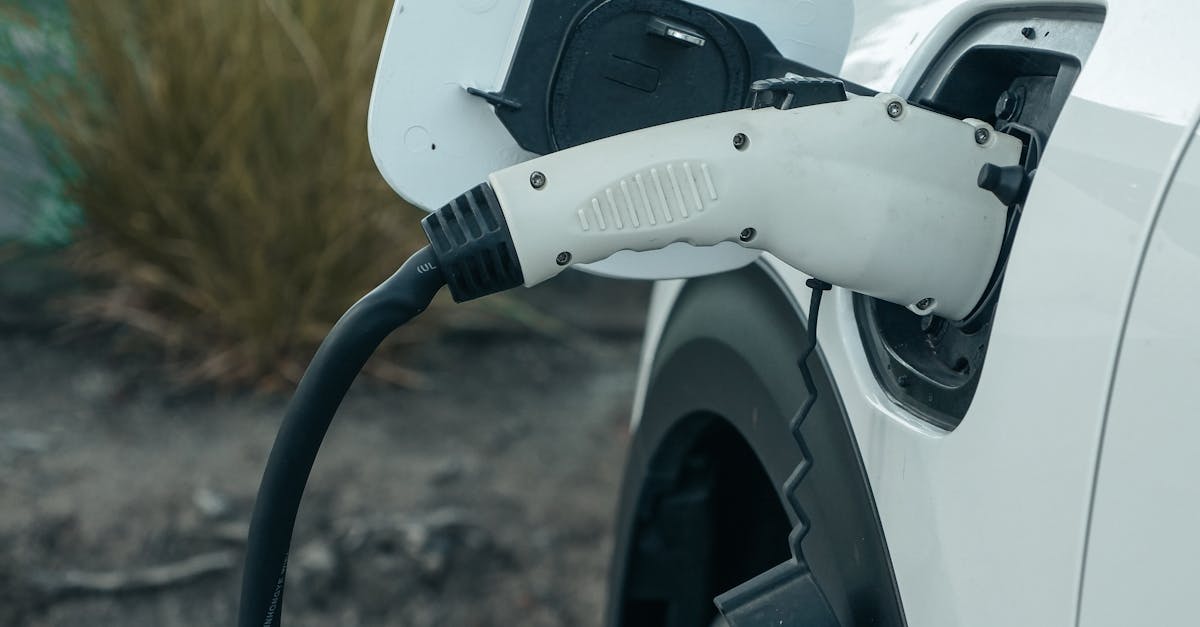How to Create a Green Roof Roundup of the Best Energy-Efficient Lighting Solutions
Roundup of the Best Energy-Efficient Lighting Solutions

Review of High-Performance Insulation Materials
10 Benefits of Green Roofs
The History of Passive Solar DesignWhy Water Conservation Techniques are Essential in Sustainable Building